At my day job (site reliability engineer for a cloud company), my team has a weekly meeting called the Whiteboard Sessions. The description in the calendar entry reads, “Ask a question, get a really long answer on a whiteboard.” The idea is to share expertise among the team. Someone asks a question, and someone else on the team who has more knowledge about the thing deep dives with a response.
I thought it might be fun to try this with a focus on toy photography. In that vein, I asked the ToyPhotographers.com editorial team to submit questions. Shelly replied with a few, and I am going to answer one of them here.
Shelly asks, “Would you still be a toy photographer if there were no social media platforms around that allow you to reach a wider audience?”
This is a fantastic question with a lot of factors and quite a bit of nuance. So let’s jump in and give Shelly my really long answer. Spoiler alert: there is a twist ending.
What exactly are we talking about?
Before we deep dive into this, let’s establish a few things: This is about my own journey. Being a singular human and not yet uploaded into a hive mind, I cannot speak for anyone else. This isn’t meant to be a judgement on whether social media is good or bad for creatives. Merely to consider whether it affects how I operate as an artist.
Second, let’s define what we mean by social media. It’s pretty obvious that platforms like Facebook, Instagram, Twitter, MeWe, YouTube, etc. are social media platforms, but what about things like IRC channels, Discord servers, and online forums? Do they count as social media? After all, a forum is people getting together to discuss a common interest—which is a social interaction. The first group (the Facebooks of the world), are based primarily on who you know, and introducing folks to new ideas/concepts, etc. primarily by friends sharing stuff. I call this the “friends first” set. The second (forums, Discord, et al) is driven primarily by a common interest, and social bonds are formed through the common interest, or “interest first.”
Doing a quick search on “the Googles” indicates that definitions vary, and depending on who you trust, may or may not include the second set of services. However, for the purposes of this response, I am going to define social media as the “friends first” set, and not the second “interest first” set.
The importance of this distinction will become apparent shortly.
Artists want audiences
So, the biggest thing social media gives an artist is ready access to an audience. This is entirely true. While it does happen, most artists I know enjoy sharing their work, to someone. I am no exception—I love showing off my work and getting reactions. However, not all audiences are created equal. I much prefer to show my work to those who care about my work.
Social media is like shouting into the void. My work gets shown to friends and family, and whoever decides to follow me, but not all of them care about my work specifically. Most of my family, for example, could not care less about Star Wars or Marvel, which are my primary subjects. So showing them my work is an exercise in “what has Dave been up to lately” and not so much an artist/viewer interaction.
My social media follower numbers reflect this—in the grand scheme of things they are pretty pathetic. If I cared about follower counts, at this point I’d consider myself a complete failure. Many toy photographers have more followers than I in orders of magnitude.
I share my work on Facebook and Instagram, as well as some smaller forums, and quite frankly, it’s the reactions in the smaller forums that mean more to me than the like counts on Facebook. Not that I don’t appreciate it, but I’d rather have one person deeply appreciate my work than 1,000 mindless likes. Regardless of the platform, that’s what I go for. I get that equally from both social and non-social platforms.
However, in social media’s favour, is the fans I’ve gathered. I have a few fans who are fellow toy photographers, but most of them are not. Most tend to be photographers of other genres, while some are ex-coworkers or people I met through geocaching. It’s a wide and varied mix. Social media allows me to share my work with all of them quickly and easily. But a good half of my fans have come from private forums, not social media.
An interesting digression to this topic would have us ask: Would I still do it without any audience at all?
My interest in digital art predates the World Wide Web.
Picture in your mind’s eye the mid-’80s at a high school in eastern Ontario. This is years before Tim Berners-Lee would invent the World Wide Web, and a whole decade before yours truly would use it on any regular basis.
Now go into that high school, take a left past the main office and a right at the music room. The door on the left is the Mac lab. Twenty Macintosh Plus computers, with their 9-inch pure black and white (no shades of grey here) screens. Sitting in front of one of those screens you’ll likely find a young me staring at MacPaint, making images, pixel by pixel.
My bus arrived at school a good 30 minutes before my first class and 40 minutes after the last bell, and I spent that time in the Mac lab. Unless you happened to be standing behind me at the time, no one saw those images (and they are now lost to the mists of history).
One summer a friend of the family asked me to go to their house every day to walk their dog while they went on vacation for a month. They had a Mac Plus. For a couple hours every day that summer, I making more images on the Mac Plus at their house, after I walked the dog.
Skip forward a few years to the mid-’90s and I finally got internet at home, and starting hanging out in an IRC channel. This is arguably my first “social media” engagement, as it was the first time I talked to other humans (via IRC) on the Internet (but it is interest-first, so doesn’t count for this long-winded answer. For the record, my first IRC channel was dedicated to discussions about The Hitchhiker’s Guide to the Galaxy).
I used to spent my Internet time chatting on IRC, making graphics and other content for my Geocities website (ah, nostalgia). This was a time before search engines (the existing “search” was directory based, and it would be five years before Googlebot would show up). My audience was, almost strictly, fellow IRCers.
When I was a bit older, in the early 2000s, I bought my first digital camera, a Pentax point and shoot, and took photos primarily capturing my travels and putting them on my blog. I only started that blog because my fiancée at the time (now wife) said I should. Facebook wouldn’t open to the public until the following year.
So, would I create without a readily accessibly social media audience? I can confidently say that yes, I would. I know this because I already have.
What about toy photography, specifically?
I took my first toy photo long before I knew others did the same thing. It looks like this:
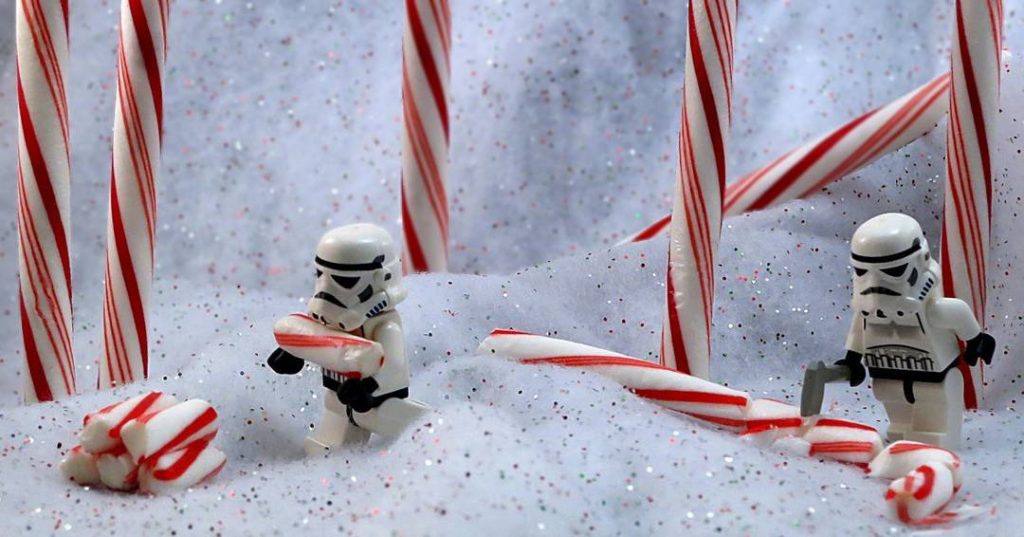
The inspiration came from spelunking through my boxes of LEGO I was saving for my own kids. This was some time around Christmas 2012. I came across these figures and that sparked an idea.
I didn’t know others did toy photography, too, until a few years later when I was in a bookstore with my wife and she pointed out Vesa Lehtimäki’s book Small Scenes from a Big Galaxy (which I promptly purchased). Until then, I had no idea others did the same thing (and, truth be told, I was a tad annoyed they were doing it way better than I… but I got over it… mostly).
The non-obvious reason social media is vital for my journey as a toy photographer
So far social media seems almost irrelevant to my toy photography journey. It would have happened regardless. But that’s not the whole story. My interest in diving deeper into photography has a direct link to social media. Specifically, when Google+ was first launched, a lady named Chrysta Rae started a photography scavenger hunt. My wife stumbled across this and told me about it. I soon joined. It was this scavenger hunt that led me to spelunking my LEGO box and creating the “Candy Cane Forest” image above.
More critically, it introduced me to someone who would become my mentor on my creative journey, Ron Clifford (for more info see: A Discussion with Ron Clifford). I kept toy photography to myself as I feared no one would get it. Over several years Ron help me unlock my inner creative drive and gain the confidence to truly own the type of art that I wanted to create. It is because of him I had the confidence to pursue toy photography as my main form of art.
So in that respect social media was a critical component of my journey to becoming a full-on toy photographer. It was just one step. A very critical step, but just one. Given that Ron lives in the town I was born in, it is not impossible our paths would have crossed in other ways. But as it stands, without social media, I would have missed that vital connection that allowed me to embrace toy photography as much as I have.
If social media would suddenly disappear (insert mental picture of Thanos snapping his fingers, but instead of half the universe’s population, he eliminated all social media), would I continue doing toy photography if my potential audience was dramatically reduced? The answer is an emphatic yes.
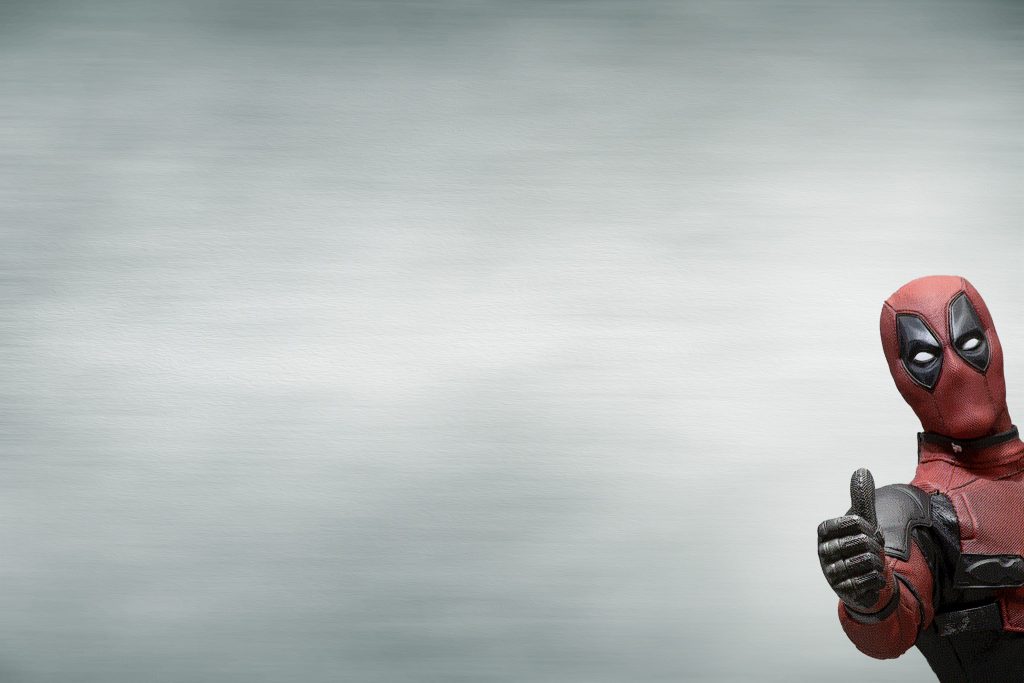
My reasons for doing toy photography have nothing to do with audience (with the above proviso that I tend to generally like having it appreciated by fans of my work). The greatest satisfaction, indeed the thing that drives me, is getting the visuals and the stories that infest my brain out into real world. Toys just happen to be the ideal tool for allowing me to create the images I am driven to make.
Once I create my images, and release them, they are done as far as I am concerned. They are no longer mine (except in the legal copyright holder sense). They have served their purpose. I have freed my ideas from my brain. The rest is just gravy. Sometimes delicious gravy, but gravy nonetheless. If the gravy didn’t exist, I’d still eat my meat and potatoes.
I’d still release my ideas into the world. If social media wasn’t there to spread them further, then so be it. My job isn’t to spread the idea, just to release it. I’d be content just knowing that Googlebot will find them and someday someone will stumble across my images. Odds are they will skip right past them, but maybe they will like one, and use it as inspiration to make their own art—that really is enough for me. I’ve had the pleasure of seeing it happen, and that feeling is worth way more to me than a lifetime of likes.
Anything social media gives me is a bonus, not the goal.
Send me your questions!
So that’s my answer. I hope you enjoyed it. Please feel free to continue the discussion in the comments below.
I would love to deep dive on other questions as well, so if you have a question and want to receive a really long answer, drop those in the comments below, too.
[dave]



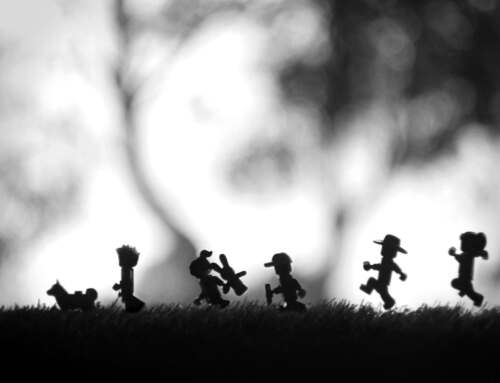
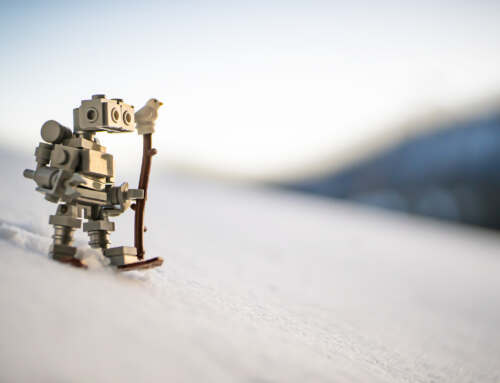
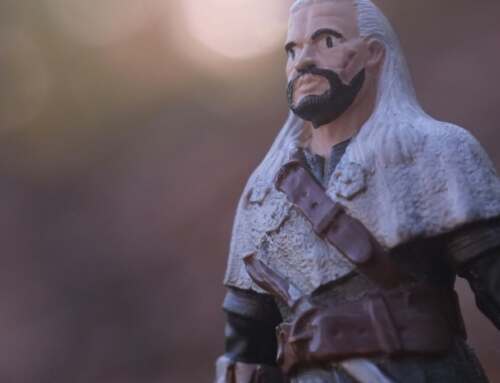
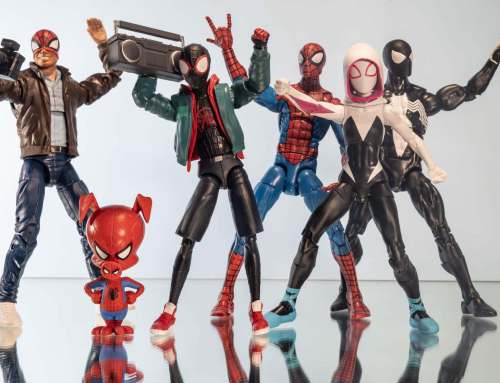
You express yourself so well, Dave. And Shelly’s question really set off a long answer. Thanks for sharing your answer with us. For me there are a couple of possible scenarios. I started to take toy photos so I could sell them on EBay, plain & simple. If social media hadn’t developed I probably would never have begun but then I also would not have been married either since I met Mark online in 1986. However if social media were to disappear today, I think my answer would be yes – I would continue to take toy photos. As I was taking those pictures for EBay I started to see stories and used the toys to tell them. And then I started to buy toys to use to tell the stories…it’s a snowball effect. But like most of us, I do crave an audience. I’ve never had the largest number of followers out there but I do like to know that people like what I’m doing. Reactions also help me with my storytelling too -help me hone my skills. And it’s fun!
Thanks for reading all my ramblings on the topic, Mary! Also thanks for sharing your story. I suspect the reasons we do what we do is as varied as the people who do it 🙂
Thanks for this post Dave!
I started my toy photography when I wasn’t aware that such niche exists. And my shots were just spontanous mashups of our kids’ toys.
Enlightenment came when I started my IG account and at the same time once I noticed Avanaut’s pictures somewhere on FB.
I also share the sentiment about “releasing an idea”. My very first pictures were just the ideas turned into pictures. No set-up, no lighting or effects, just to get rid of the idea form my head 🙂
“The greatest satisfaction, indeed the thing that drives me, is getting the visuals and the stories that infest my brain out into real world.” I can totally relate to that.
So most probably I would continue to shoot toys without social media but I’m not sure my toy photography would turn into something more than snapping improvised toys pictures with phone. Also of course any sign of appreciation is very, very nice but it wasn’t the base of my work.
Great long winded answer to my question Dave! I totally can relate to the need to get the idea out of my head. I think that many people, myself included, can relate to your drive to create images. Toy Photography is ultimately about the creativity, the audience is only gravy, Thanks for answering my question!!
Dave,
Great article. I tend to agree with you. Like Tomek, I was taking my toy photography before I was posting on social media. I didn’t even know the toy photo community existed. It wasn’t until I started posting on IG did I really start progressing, with the influence of the community. I like you would continue to take toy photos regardless of social media, as I just enjoy the act of creating images out of toys. Interacting with people in the community, and the likes on my photos are a bonus. Just like being on the podcast, or writing for the blog a bonus. But, was never my intention.